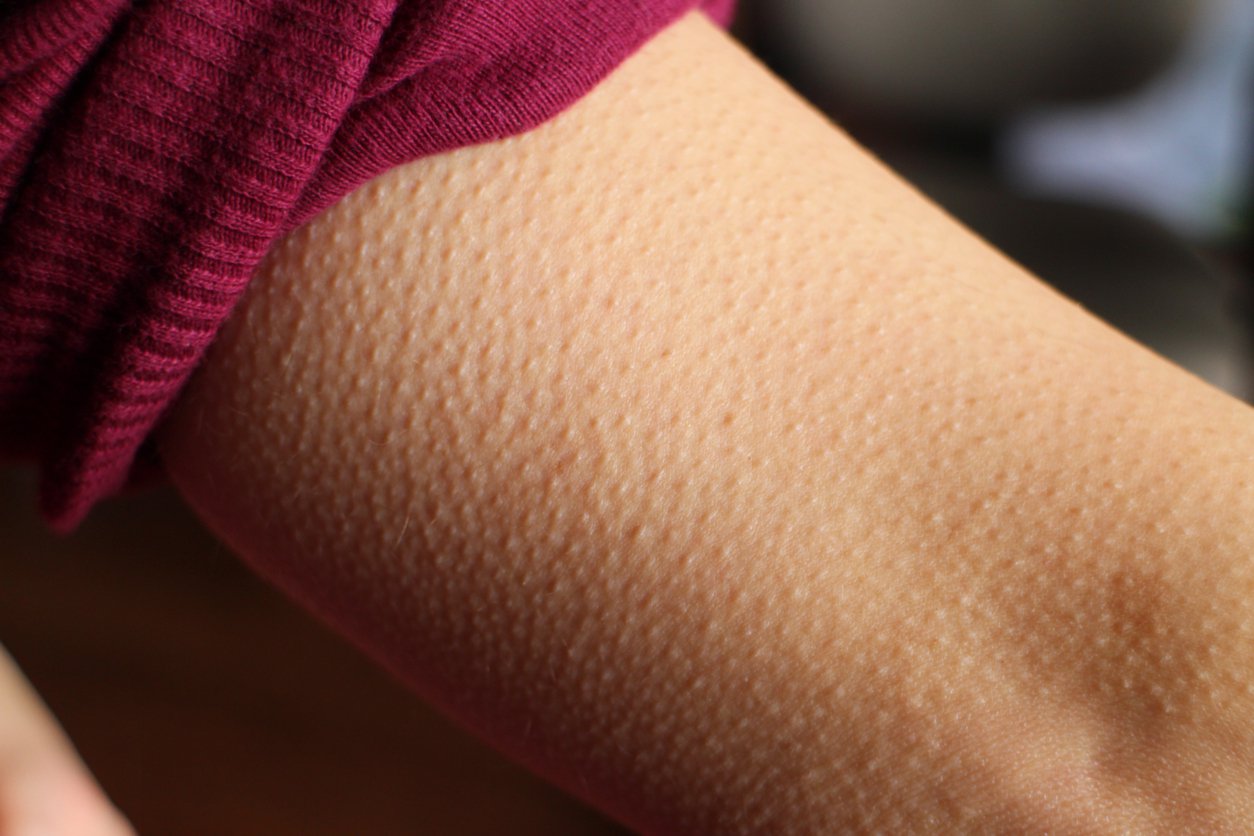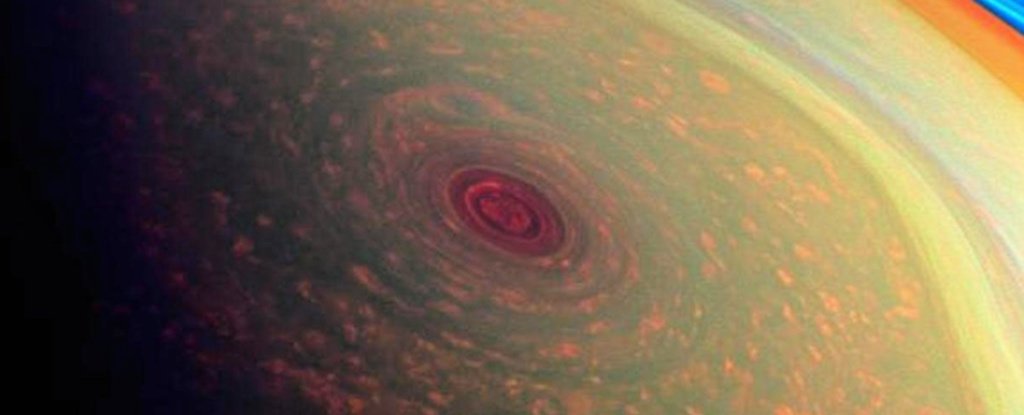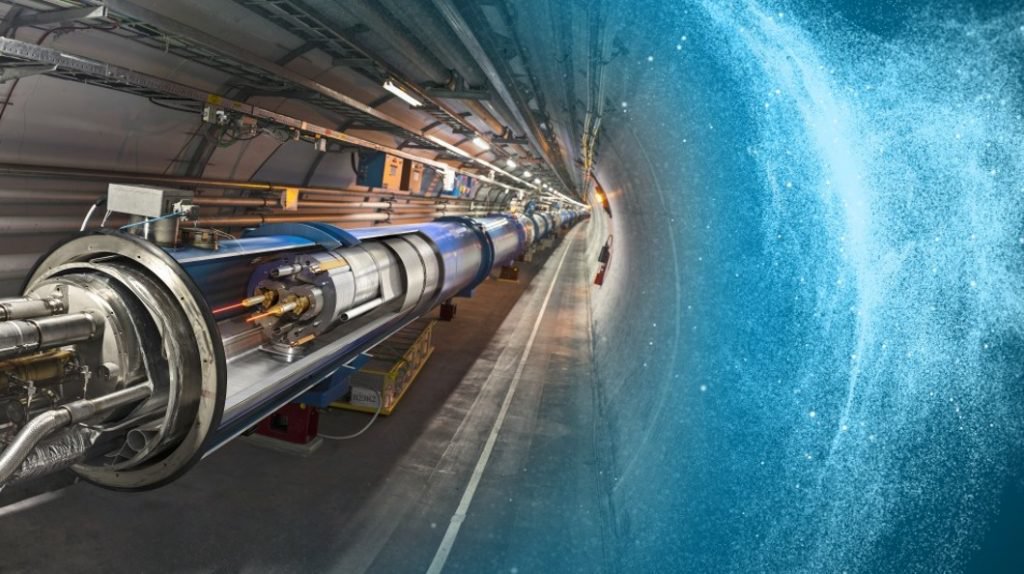9 parts of the human body become unnecessary in the course of evolution
 Source:
Source:
Some parts of our body do not perform any function in our body. The whole point of evolution, which made them "extra". For example, the Appendix is an important part of the body, however, some studies argue that this vestigial cecum contains useful for our gastrointestinal tract bacteria. Sometimes the Appendix can become inflamed or even rupture, which requires immediate surgery to remove that organ. Some other parts of our body have played an important role in the survival of our very distant ancestors, but also eventually become useless. Some of them can even be removed surgically, and their absence will not reduce the quality of human life.
Business Insider spoke to an evolutionary anthropologist at Boston College, Dorsa Amir and learn more about what she calls "evolutionary remnants". Here are 9 parts of the body that has remained, despite the fact that has not functioned for millions of years.
1. The Appendix is the most famous useless organ.
Many years ago the Appendix was involved in the digestive process, helping to Refine coarse, and plant foods rich in fiber. Many herbivores still use it when the digestive processes, but part of the human digestive system he is not.
"With the transition to more diverse food and in particular meat, people no longer need are too long and complicated intestinal tract", — says Amir.
At the same time, the Appendix is not entirely useless on. According to some studies, in the Appendix are some useful intestinal bacteria, however, scientists have not yet figured out until the end – "if it was always its function or the authority it acquired", — adds Amir.
2. Long Palmar muscle from wrist to elbow. Approximately 10 percent of the people it is generally clear.
If you put your hand on a flat surface with palm up and close the thumb with the little finger, and then slightly lift your fingers, just below the wrist can be seen protruding ligament. This bunch is called long Palmar muscle. Amir said that before this muscle was used by our ancestors for climbing trees.
According to the encyclopedia Britannica, muscle, most likely, helped to strengthen the grip when you jump, for example, from one tree to another. But when about 3.2 million years old human ancestors began to walk on two legs, the muscle is eventually lost their favor.
"Useless, she has become a very long time," — says Amir.
About 10 percent of modern humans, this muscle is absent. At the same time, the force of their grip is no different from those who have this muscle has.
"Natural selection is a system that is not always aimed at perfect performance," — adds Amir.
3. People no longer need very powerful jaws because their diet has shifted to softer foods and processed foods.
Our jaws are smaller than our ancestors. Because of this, there is a problem with the wisdom teeth, which was not enough space.
Today, the so-called "eight" is not at all. This is due to the fact that before these teeth allow to chew our ancestors hard and solid foods. Modern man consumes processed in any way the products, so the need for these teeth is missing.
"Given the fact that today we eat soft food, and the molars are used for grinding of solid food, gradually they began to fall", — said Amir.
4. Arrector pili is the muscle fiber, which cause reduction in the effect of goose skin or chills.
It can Manifest in a variety of situations: when you listen to your favorite music, watch your favorite movie, you are cold, scared, or, on the contrary, very good.
Our ancestors had denser hair and are these muscle fibers performed a very useful function. In case of danger, did our ancestors much more massive, which in turn could frighten the enemy.
Animals with dense fur arrector pili still perform a useful function – helping to retain more heat. In addition, as in the case of our ancestors, these fibers help in the defense. For example, porcupines definitely extract benefits.
5. The human embryo at 5-8 week develops a tail.
By the time of birth, the tail disappears, leaving behind only a few rudimentary fused between the vertebrae that form the coccyx.
The Theory of evolution tells us that our ancestors had tails that helped them balance, but with the advent of the Homo sapiens skill of walking upright, the need for the tail disappeared, as well as the tail itself.
In medicine known cases of babies with more pronounced tails. This happens very seldom, but nevertheless happens. Fortunately, surgeons can easily remove it during the operation.
6. The auricular muscles surrounding the ear, before actively used by our ancestors, but modern humans do not perform any useful function.
Other animals use these muscles to determine the risk or when catching prey. In addition, some animals use movement ears for the manifestation of emotions.
The same cat, with the ability to wiggle your ears, have excellenthearing. Amir says that since people in the course of evolution got a very flexible neck, he no longer needed to move their ears in the direction of the sound to better hear.
Some people still can slightly move my ears, but it does not compare with what was capable of our ancestors.
7. Pyramidal muscle located in the lower part of the belly, has the shape of a triangle. People can be from zero to two of these muscles, but they are not any good.
Pyramidal muscle can help shrink the white line of the abdomen linea alba, but is irrelevant to the function of the abdominal muscles.
Primereniya 20 percent of the people there is no pyramidal muscles.
8. The fruits, male and female, initially develop the same way and only in the formation of the male reproductive organs triggers the testosterone. However, the nipples start to develop before the hormone will start to operate.
Under natural conditions, men can't lactating, but this effect may cause high level of prolactin, a hormone that helps produce milk. Lactation is a side effect of the heart medication digoxin.
And while many male mammals in extreme situations, can lactating, only fruit bat Dayak, found in Southeast Asia, lactium spontaneously.
9. Half-moon crease or third eyelid is a fold of tissue in the inner corner of the eye.
It resembles a membrane that some animals (reptiles, birds and some mammals) use to protect their eyes.
"Not entirely clear why people have them anymore. But in fact they are rare among primates, so we must have lost them already long time ago" — said Amir.
To Monitor such articles is very comfortable with ours .
Recommended
9 events and phenomena that science can not yet explain
People have solved a lot of the earth's mysteries and secrets, and even visited the moon. But there are a large number of phenomena and phenomena that still defy explanation. Of course, scientists have hypotheses, theories and assumptions about the p...
Related News
Chinese particle accelerator can tear the fabric of space-time. Is this true?
China is building a particle accelerator that will be two times more and seven times more powerful belonging to the CERN Large hadron Collider. Martin Rees, known for his contributions to the science of the formation of black hole...




















Comments (0)
This article has no comment, be the first!